An ongoing examine within the Affric Highlands rewilding panorama in Scotland has discovered that rewilding is having a constructive impression on black grouse numbers. Collaborative efforts between native volunteers, estates, and different organisations gives hope that this iconic fowl can bounce again after years of decline.
Siân Addison / Affric Highlands
Excellent news for black grouse and wider nature
A brand new citizen science examine being carried out within the Affric Highlands rewilding panorama in Scotland has discovered that rewilding efforts are having a constructive impression on native black grouse numbers. The primary 12 months of the continued examine discovered that populations of the birds are recovering effectively at a number of websites finishing up large-scale nature restoration throughout the panorama, which incorporates the restoration of native woods, peatlands, and wetlands.
A brand new community-focused programme of black grouse surveys was launched this 12 months by the Affric Highlands rewilding group and RSPB Scotland, in collaboration with Forestry and Land Scotland (FLS) and native landowners. The examine gives hope for the enduring but endangered birds, in addition to the broader restoration of biodiversity.
“Our preliminary findings are a trigger for optimism,” says Nicola Williamson, a subject officer with the Affric Highlands rewilding group. “Restoring the well being of a mosaic of habitats seems to offer much-needed hope for the black grouse – and for nature extra broadly.”
Optimistic rewilding impression
Black grouse populations are measured by counting the numbers of males attending mating show websites known as “leks”. Between April and Might 2024, 14 websites within the Beauly space of the Affric Highlands rewilding panorama have been assessed, with teams of educated volunteers every finding out plots protecting 5 sq. kilometres.
These surveys recorded 405 lekking males – a slight enhance for the reason that final survey in 2021, and the best recorded over the previous 17 years. The identical survey websites have been monitored in earlier years, with the identical methodology. In 2007, 250 lekking males have been counted. With black grouse numbers fluctuating over time, and historic information missing for some years, future surveys carried out as a part of the examine will affirm whether or not this general rise is regular.
Rewilding seems to be the important thing issue at websites the place black grouse numbers have been discovered to have elevated. Excluding herbivores akin to deer to scale back overgrazing and over-browsing, for instance, is permitting habitats to recuperate by means of the expansion of wholesome shrub layers and younger bushes. The survey group discovered that numbers of lekking black grouse males have risen or declined – generally considerably – at totally different particular person websites attributable to modifications in out there habitat.
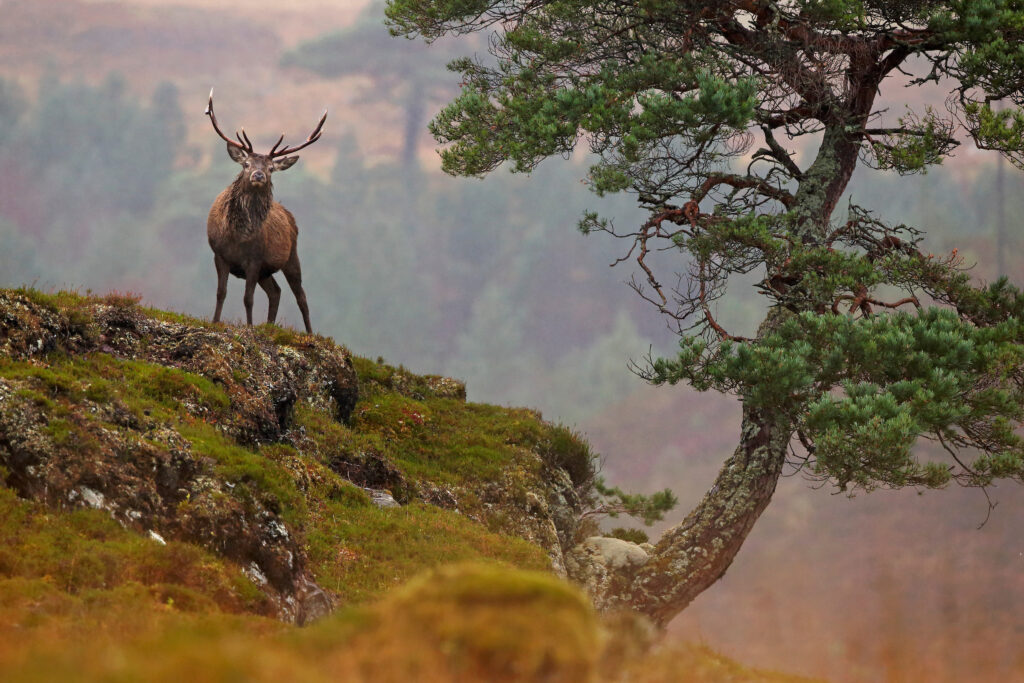
Neil McIntyre
A collaborative effort
The black grouse examine builds on earlier surveys by RSPB Scotland within the Beauly space since 2007, and consists of groups of volunteers for the primary time. Examine websites included the RSPB’s Corrimony Nature Reserve, a number of Forestry and Land Scotland websites – together with one in Glen Affric, and the Dundreggan Property in Glenmoriston, which is managed by Bushes for Life – the native associate of the Affric Highlands rewilding group. Personal farms and estates akin to Corrimony Farm and Guisachan have been additionally concerned.
“The encouraging survey information supplies welcome recognition of individuals’s onerous work, and exhibits what could be achieved in a comparatively brief time,” says Alex Grigg, proprietor of the Guisachan Property, which has been taking motion for black grouse for a number of years, and is an energetic associate within the Affric Highlands rewilding initiative. “It’s additionally useful for us to have the ability to see the larger image when it comes to the context on neighbouring land.”
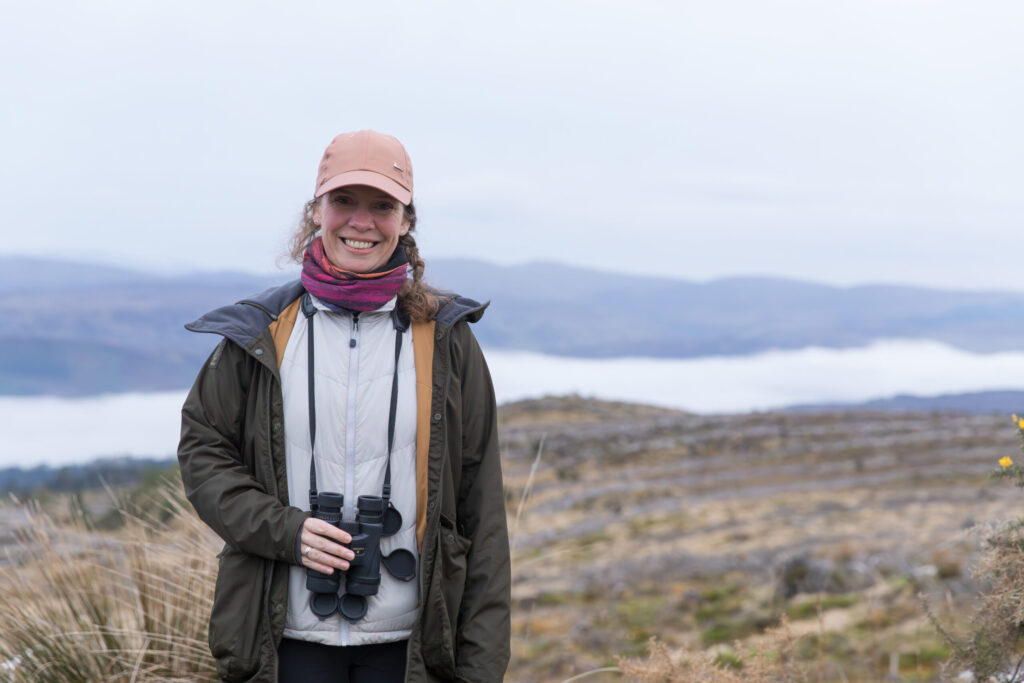
Siân Addison / Affric Highlands
Scaling up
The findings of the black grouse survey are already main some landowners to undertake extra nature-positive administration approaches. At a number of websites the place black grouse populations have gone down, landowners are actively looking for recommendation and assist to extend grouse numbers.
“The assist from native volunteers, estates, and different organisations this 12 months has impressed optimism that these birds will likely be effectively sorted transferring forwards,” says Simon McLaughlin, RSPB Web site Supervisor on the Corrimony and Glenborrodale Nature Reserves. “We hope to see much more of this neighborhood involvement going ahead, as we proceed collaborative efforts to safeguard this wonderful species.”
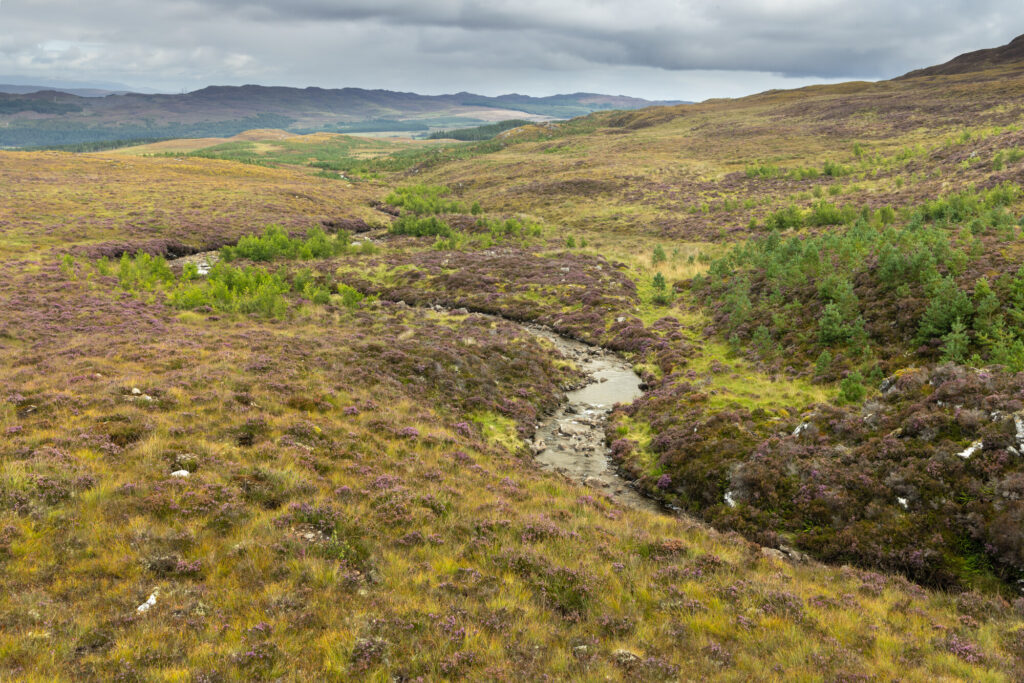
James Shooter
An endangered icon
The black grouse is a spectacular fowl discovered throughout northern Europe, in mosaic habitats the place areas of woodland, moorland, and grassland meet. Whereas the females are cryptically-patterned to cover from predators when nesting, males are inky-black, with pink wattles and a flamboyant, lyre-shaped tail. Black grouse leks, which happen all through a lot of the 12 months however peak in April and Might, see males face up to one another in wonderful shows.
Within the UK, the black grouse is likely one of the nation’s most quickly declining fowl species, with habitat loss and overgrazing leading to an enormous discount in numbers and vary. Within the Scottish Highlands, land managed for the industrial looking of species – akin to pink deer and pink grouse – has decreased the mosaic of habitats on which black grouse rely. Within the case of deer, this has additionally led to overgrazing and additional degradation of the panorama. Mature industrial forestry plantations, with their closed cover, are additionally unsuitable for the birds.
The final UK-wide survey of black grouse in 2005 estimated the UK inhabitants to be 5,100 males – with 3,400 in Scotland, 1,500 in England, and 200 in Wales.
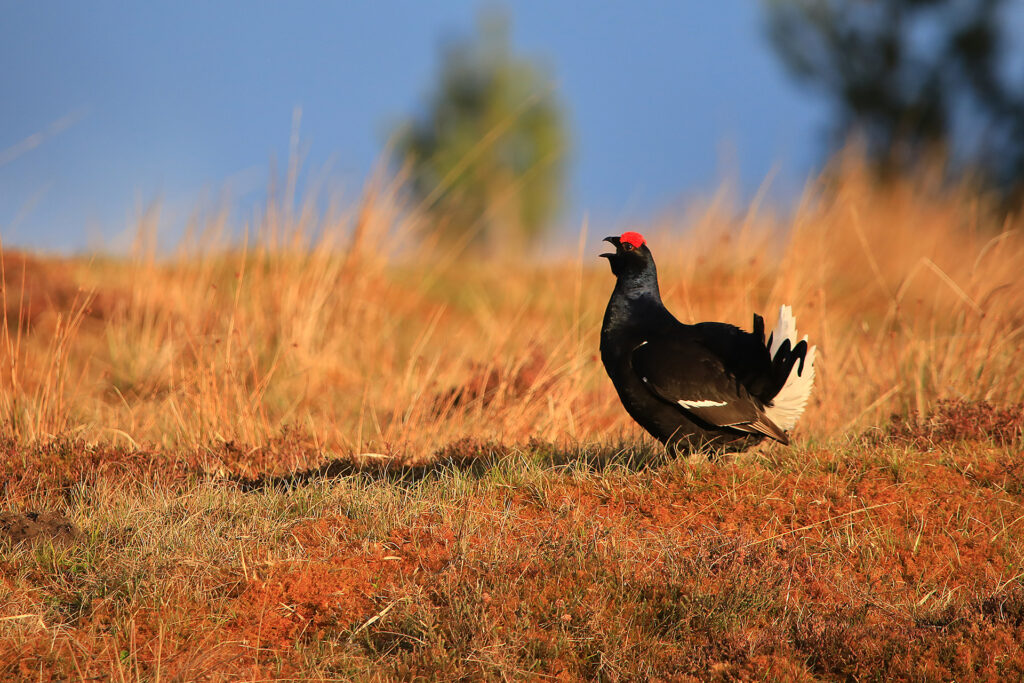
Siân Addison / Affric Highlands
In direction of a wilder Affric Highlands
Launched in 2021, the Affric Highlands is the UK’s largest rewilding panorama, with rewilding efforts led by the Rewilding Affric Highlands group and Bushes for Life. The 30-year community-focused initiative – which goals to revive over 2000 sq. kilometres of habitat stretching from Loch Ness to the west coast of Scotland – will improve biodiversity, tackle local weather change, and assist re-peopling and nature-based financial alternatives.
The formation of a broad coalition of companions – from landowners and entrepreneurs to college students and neighborhood members – helps to result in lasting change and realise the rewilding imaginative and prescient for the panorama.
Coaching begins this autumn for subsequent 12 months’s season of black grouse surveys. The undertaking group are eager to listen to from potential volunteers and extra landowners inquisitive about getting concerned. Please e mail data@affrichighlands.com or go to Bushes for Life for extra data.
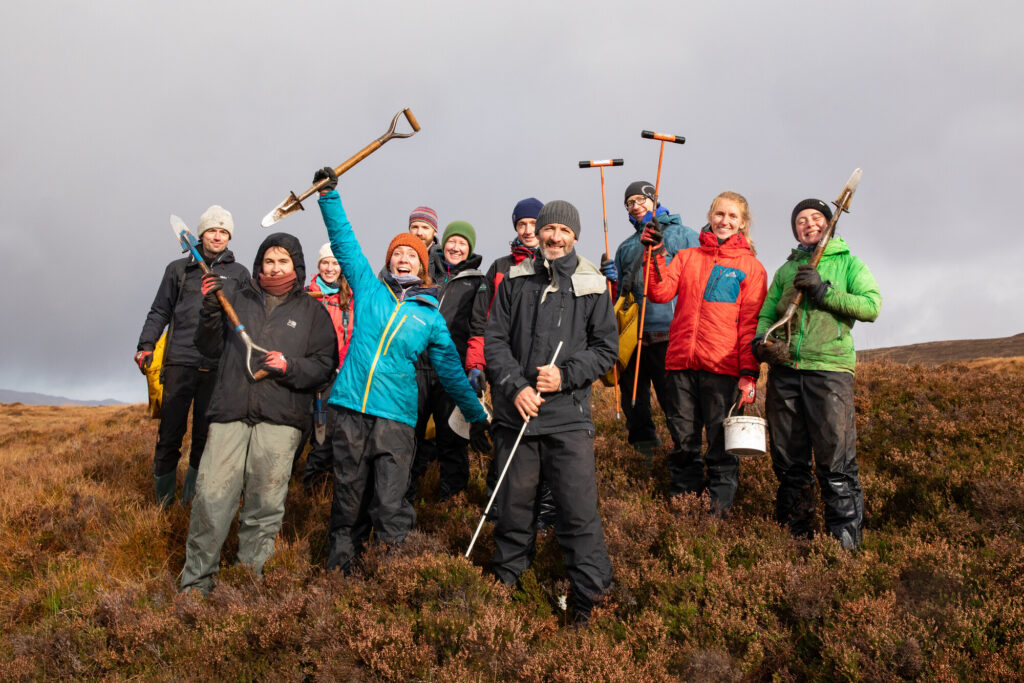
Siân Addison / Affric Highlands
Invaluable assist
Rewilding Europe’s work in our rewilding landscapes is supported by a variety of extremely valued companions. We might significantly prefer to acknowledge these offering core funding – notably the Ecological Restoration Fund, the Dutch Postcode Lottery, WWF-Netherlands, and Arcadia. Their longstanding assist performs a important function in enabling us to ship and scale up rewilding impression.


















